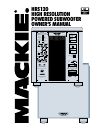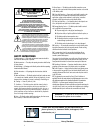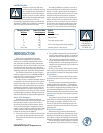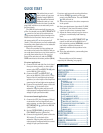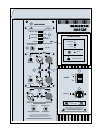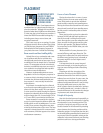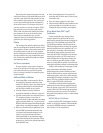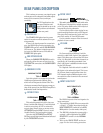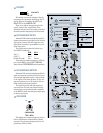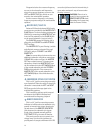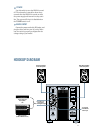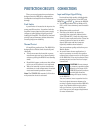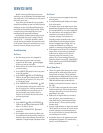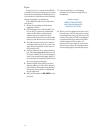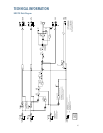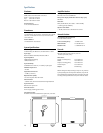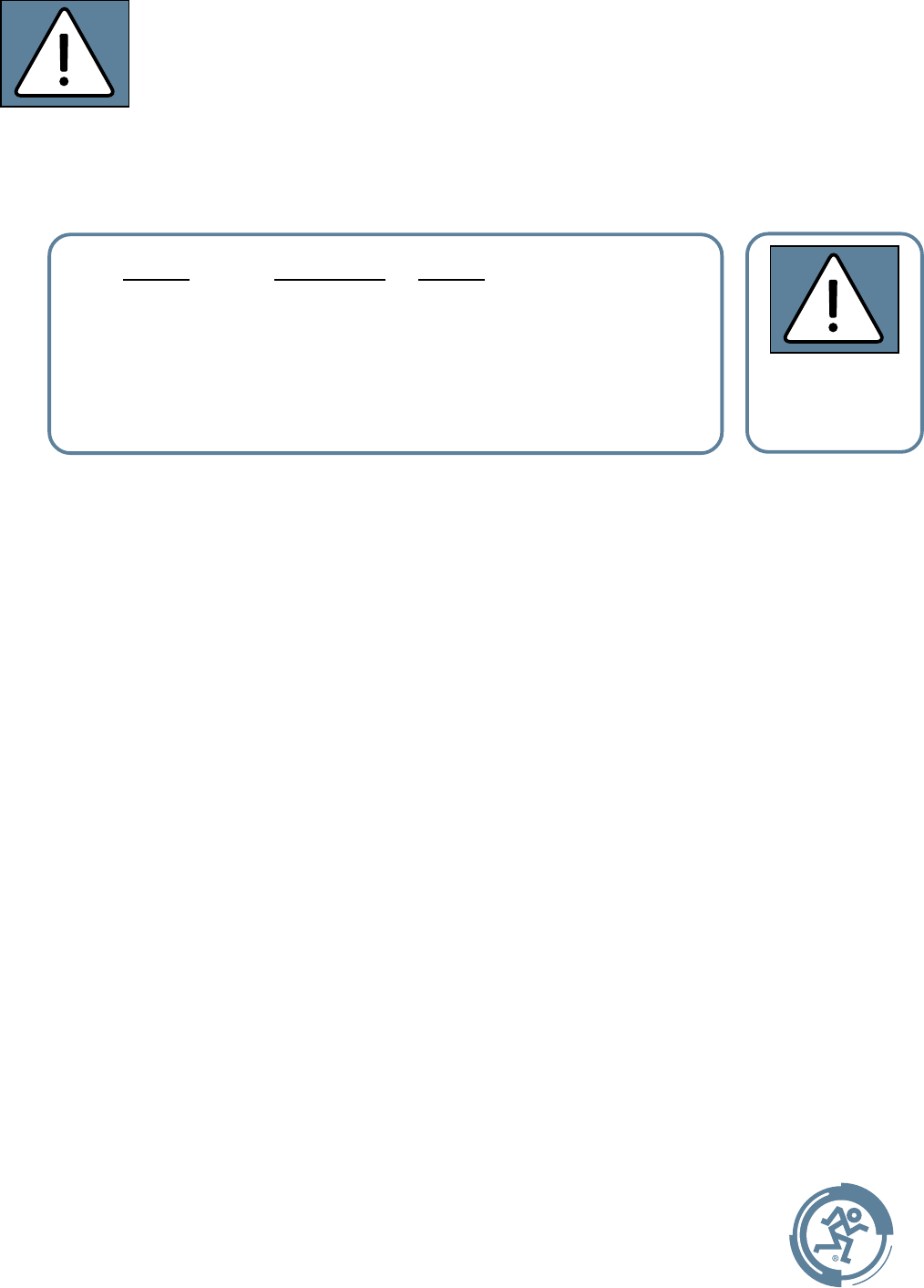
3
Part No. 0006802 Rev. C 06/03
©2003 Mackie Designs Inc. All Rights Reserved.
INTRODUCTION
• The amplifier is designed to provide maximum
acoustic output from the speaker, yet minimize
the danger of speaker damage due to overdriving.
• The connecting wire between the amplifier
output and the low-frequency driver is kept to an
absolute minimum, so the damping factor of the
amplifier isn’t compromised by the resistance of
long speaker cables.
In short, all the complex interconnected compo-
nents in the system are designed to work in harmony
with each other to produce the best possible sound.
The Transducers...
The subwoofer features a bottom-firing 12-inch
die-cast frame woofer and a 12-inch passive radiator
in the front.
The unique passive radiator design provides a
smooth response down to 19Hz — an astounding
accomplishment for a cabinet of this size! And since
the radiator is complementing and adding to the out-
put at the lowest frequencies, there is very little
distortion generated from the woofer because its cone
movement stays well within its maximum excursion.
The Cabinet...
The cabinet is made of black oak veneered MDF
wood. Extensive internal bracing further increases
the strength and rigidity (stiffness) of the box.
The box is packed with an adiabatic polyester-fill
material to absorb internal reflections and dampen
standing waves.
FR Series Power Amplifiers...
What better way to power the subwoofer than
with our acclaimed FR Series “Fast Recovery” power
amplifiers. Our Fast Recovery design uses low nega-
tive feedback, yet allows the amplifier to maintain low
distortion and stability even when driven into clipping.
The low-frequency amplifier produces up to 400
watts continuous (500 watts peak) before clipping.
Thank you for choosing Mackie Designs’
HRS120 Powered Subwoofer. We realize that
monitors are a critically important tool whether
your application is studio recording, audio/video
post production, hi-fi, or home theater, and the use
of a subwoofer not only improves low-frequency
accuracy for stereo monitoring and playback, but is
absolutely necessary for surround sound applications.
The HRS120 complements our line of studio
reference monitors and, like our HR824 and HR624,
meets all THX™ requirements for mixing and
monitoring multi-channel programs.
In order to achieve a seamless integration between
the subwoofer and the main speakers in the system,
speaker placement is very important. The charac-
teristics of the room and the location of the speakers,
including the subwoofer, relative to the walls and
your listening position can have a drastic effect on
the accuracy of the sound. We’ve provided a section
on positioning the subwoofers, offering tips on how to
find the best placement for your particular application.
What is it? The Advantages...
The HRS120 is a high-resolution powered
subwoofer employing an internal variable 4th-order
Linkwitz-Riley crossover system with a built-in
front-firing mass-loaded passive radiator. Whew!
There are many benefits to integrating an active
crossover, power amplifier, and drivers into a single
cabinet, and we’ve taken full advantage of these
benefits in the design of the HRS120.
• The crossover point is variable so that the high-
pass output can be programmed to match the
frequencies the main speakers are best able to
reproduce.
Lend Me Your Ears
Exposure to extremely high noise
levels may cause permanent hearing
loss. Individuals vary considerably in
susceptibility to noise-induced hear-
ing loss, but nearly everyone will lose
some hearing if exposed to sufficiently
intense noise for a period of time. The U.S.
Government’s Occupational Safety and Health Ad-
ministration (OSHA) has specified the permissible
noise level exposures shown in this chart.
According to OSHA, any exposure in excess of
these permissible limits could result in some hear-
ing loss. To ensure against potentially dangerous
exposure to high sound-pressure levels, it is recom-
mended that all persons exposed to equipment
capable of producing these levels use hearing pro-
tectors while this unit is in operation. Ear plugs or
protectors in the ear canals or over the ears must
be worn when operating this amplification system
in order to prevent a permanent hearing loss if
exposure is in excess of the limits set forth here.
Duration Per Day Sound Level dBA, Typical
In Hours Slow Response Example
8 90 Duo in small club
692
4 95 Subway Train
397
2 100 Very loud classical music
1.5 102
1 105 Patrice screaming at Ron about deadlines
0.5 110
0.25 or less 115 Loudest parts at a rock concert
The HRS120
can produce a
maximum SPL of
117 dB @ 1m



